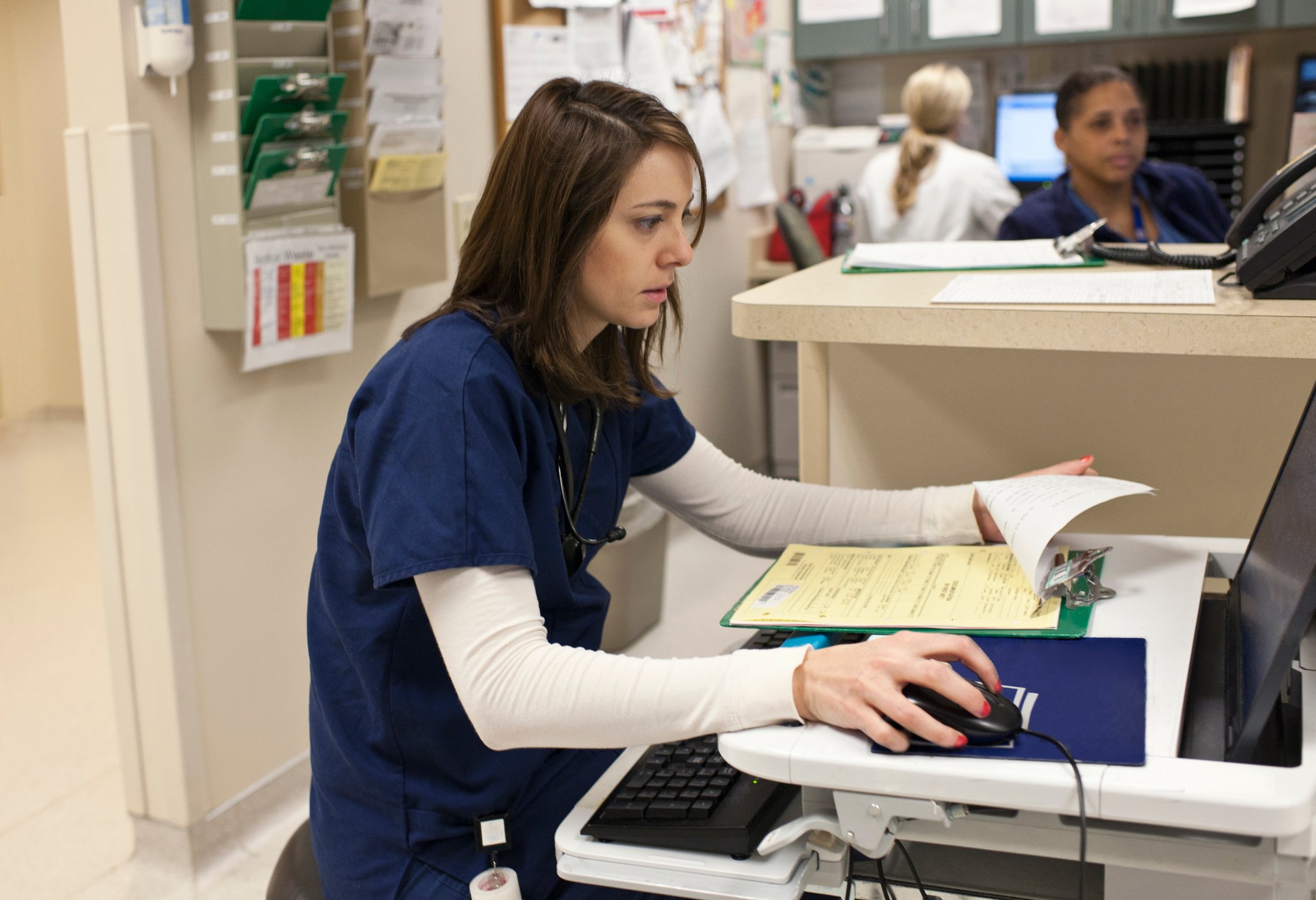

By Jennifer Fitisemanu, RN, BSN | Mar 5, 2021
In my role as an Epic EHR Architect, as well as my “side job” as a critical care nurse serving in overwhelmed units during the pandemic, I can attest to the importance of streamlined nursing documentation. This effort is much more than reducing the number of clicks and scrolls, whether you are moving to an electronic record format, converting to a different platform, building new documentation processes in the Electronic Healthcare Record (EHR), or looking to improve usability. Here, I discuss some concepts to help you discover opportunities to make nursing documentation more effective for the caregiver.
Be a secret shopper.
The simple secret to seeing how the nursing staff interacts with the EHR is? Go with them. Shadow the clinical staff in their day-to-day patient care and keep your eyes and ears open. Ask questions: What is the one thing that you would change? What do you spend the most time searching for in the record? And for bonus points, add software to a workstation to monitor keyboard actions and mouse clicks so that you can create a heat map of sorts for further analysis.
How are assessments and cares captured?
As the nurse documents a complex assessment, are the options they need most often at the top or the bottom of the screen? How much scrolling is needed? Is the nurse moving from screen to screen to capture all the elements of an assessment? Discrete options should allow the nurse to accurately and efficiently capture the details such as placing the most frequently needed items at the top of the screen. Watch for areas where free-text is needed to capture the clinical picture for the patient. This is important information, but free-text is also difficult to utilize for quality and reporting needs.
Data collection for quality improvement.
From an operational perspective, data captured by the nurse should support the regulatory and quality improvement measures. From the nursing point of view, streamlining the documentation decreases their workload and gives time back to care for the patient.
Clicking boxes to specifically show that a measure is being met often leads to more boxes to click. Too often I hear, “We have to document that here for it to count.” Optimization and observation of nurse interaction with the screens is a great opportunity to shift the paradigm from clicks for a measure to “count” to using the organic flow of nursing documentation to capture the data needed to show high-quality care and compliance.
Hit the highlights – know documentation standards.
Documentation is only a portion of what a nurse does every time they work. Knowing what must be documented and what is essential for the patient’s clinical picture needs to be the primary goal. For example, the EHR can be leveraged to guide staff caring for a patient post-surgery or post-stroke by placing all the information needed in one location of the patient’s chart. A well-designed activity can display relevant clinical data, time-sensitive documentation needs for the care team, with the overarching goal to improve care and outcomes for our patients.
For clicks sake, start planning.
Streamlining nursing documentation shouldn’t sit on the back burner for the next big project. Quick wins go a long way to improve the nurses’ experience, give critical time back, and builds adoption and momentum for improvement initiatives. Start by scheduling some time as a secret shopper, create a plan, and present the opportunities for improvement to your facility decision-makers.
Consulting Architect, Epic Services, CereCore
Consulting Architect, Epic Services, CereCore
Let us know how we can support your initiatives and take some of the heavy lifting from healthcare IT.
© All Rights Reserved CereCore Terms of Service California Notice at Collection Privacy Policy Responsible Disclosure